THE NEW YORKER
June 6, 2016
Photographs of photographs are everywhere these days; Josephson’s work from the sixties and seventies is a reminder that the strategy has a history.
Download Article (PDF)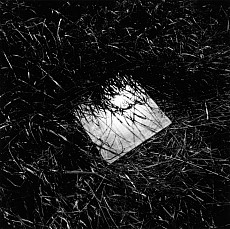
June 6, 2016
Photographs of photographs are everywhere these days; Josephson’s work from the sixties and seventies is a reminder that the strategy has a history.
Download Article (PDF)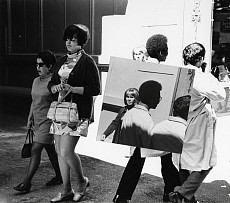
May 4, 2016
His photographs of photographs, exemplified by his series, Images within Images and History of Photography, are often called up for duty when curators want to include still photographs in telling the story of Conceptual art.
Rather than highlight that heralded work alone, the present show, a core sample from the first half (1956-80) of his career, chooses to demonstrate the sterling craftsmanship that has marked Josephson’s work even at its brainiest.
Download Article (PDF)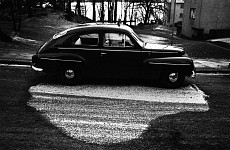
April 20, 2016
Consider Kenneth Josephson: He was a pioneer in conceptual photography and is well-regarded in the history of medium. Yet at 83 years of age, he isn’t widely known to the general public. Fortunately, he seems to be having a late-career moment, with the release of a massive monograph, "The Light of Coincidence: The Photographs of Kenneth Josephson," from the University of Texas Press, and a solo exhibition at Gitterman Gallery in New York City, which runs until June 11.
Download Article (PDF)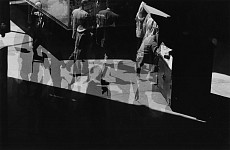
April 19, 2016
Multiple exposures, collages, time lapses, and doctored colors: Since he began working in the late 1950s–early ’60s, Josephson has used just about every available technique to question our accepted notions of reality. Which is to say that in his best work—much of which is on display at this greatest hits–style exhibition—formal experiments are really metaphysical provocations.
Download Article (PDF)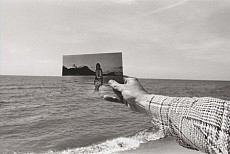
April 15, 2016
Kenneth Josephson (b. 1932) studied at the Institute of Design, the Chicago school founded by László Moholy-Nagy, with teachers known for their radical experimentation, Harry Callahan and Aaron Siskind.
Download Article (PDF)